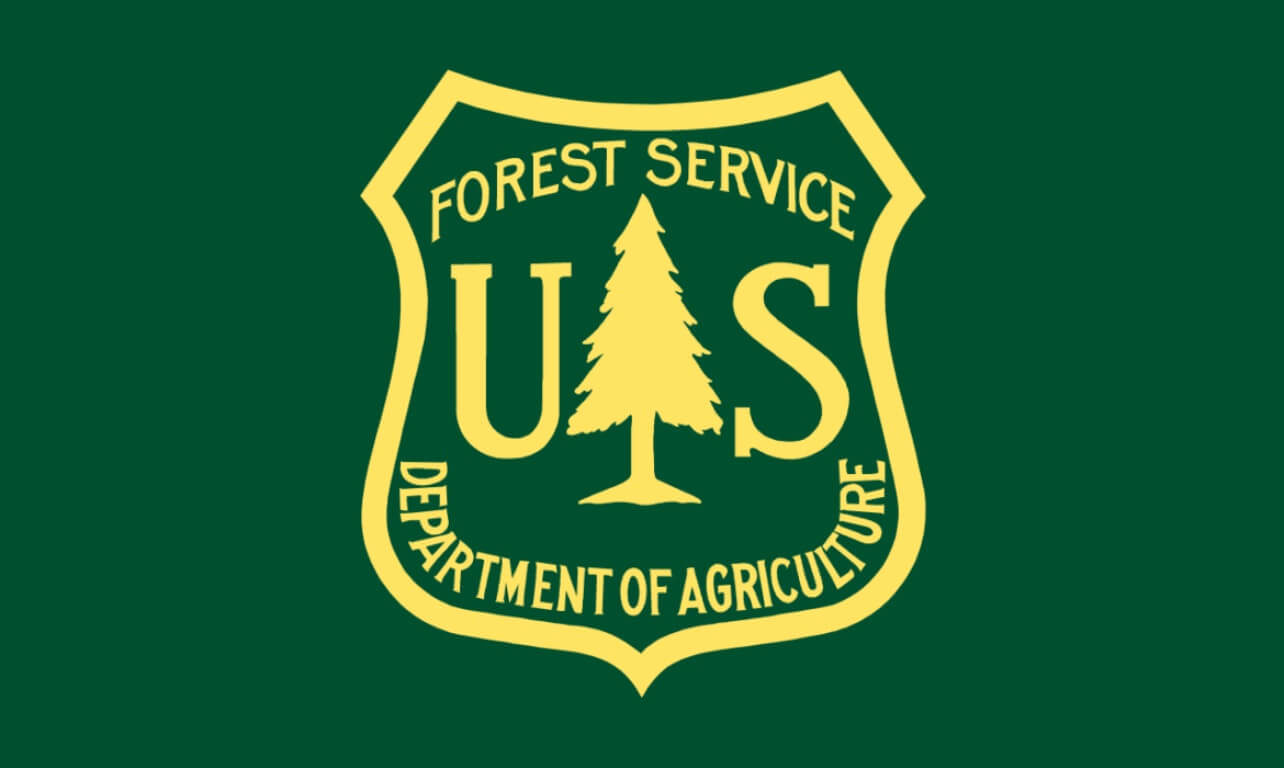Plant pollination by animals is critical for healthy ecosystems and an estimated 85% of the world’s flowering plants depend on animals, mostly insects, like bees, for pollination.
In fact, pollination is essential to food security and roughly 35% of global crop production is dependent on pollination by animals. Insect pollinators are in decline, with some estimates that 40% of animal pollinator species may be at risk of extinction worldwide due to threats such as habitat fragmentation and loss, use of pesticides, and diseases and parasites.

Using agroforestry, the Forest Service is proving it can help pollinators survive. Agroforestry refers to planting trees and shrubs alongside crops and livestock in an agricultural production system. Trees and shrubs are important habitat for pollinators, especially in early spring. By adding plant diversity to landscapes, agroforestry can support pollinator conservation at the same time as providing pollination services for agriculture and much more.
Agroforestry is used on more than 30,000 farms in the United States and does more than just provide pollination services and habitat for pollinators. Agroforestry helps protect topsoil, increases crop and livestock productivity, makes for more efficient water use, all while improving air and water quality, sequestering carbon and enhancing biodiversity.
Based on many scientific publications reviewed by the Forest Service’s National Agroforestry Center and the Xerces Society, they discovered that agroforestry not only provides habitat, foraging, nesting and egg-laying sites, it also enhances habitat connectivity and mitigates pollinator’s exposure to pesticides.
This research lays the groundwork for enhancing agroforestry practices for pollinators while improving agricultural production and environmental stewardship across the landscape.




